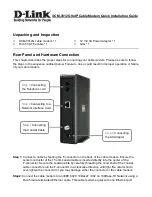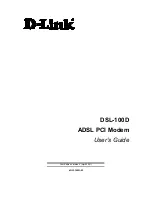
CONNECT RADIOS
14
5-Pin DIN Radio Connector (
KPC-1
Packet Communicator)
Female (Looking at Holes)
Pins 1, 2, 3 and Audio In must be connected to your radio.
Pin 1 – AFSK Out – white lead
This lines carries the AFSK tones generated by the TNC to the Audio Input (microphone) line of
your transceiver. If your transceiver provides a DC voltage on its microphone input, you must iso-
late this voltage from the TNC. This is normally true for hand-held radios. (See the Interfacing
Hand-Held Radio section.)
Pin 2 – Ground/Shield – black and stranded lead
Connect the push-to-talk ground and AFSK shield to this line. With some transceivers which do not
reference PTT and audio shielding to a common ground, it may be necessary to leave the AFSK
shield (braided wire) disconnected. NOTE: All TNC grounds are common.
Pin 3 – Push-To-Talk – brown lead
This line controls the PTT line in your transceiver, allowing the TNC to switch the transceiver
from/to transmit or receive. Connect directly to the PTT line of the mic-jack connector (See the
section on Interfacing Hand-Held Radios for special notes concerning this pin.)
Audio in
Attach a cable from the external speaker jack of the transceiver to the Audio In jack on the rear
panel of the Packet Communicator. Do not use a headphone or phone patch output from your
transceiver.
External Speaker Jack
This jack can be used to loop the audio through the Packet Communicator. Use a 3.5 mm plug and
shielded audio cable to connect to an external speaker.
Summary of Contents for KAM
Page 7: ...BACK PANELS 3 Back Panels KAM KPC 4 KPC 2 KPC 2400 KPC 1...
Page 43: ...39 KAM COMPONENT PLACEMENT DIAGRAM...
Page 44: ...40 KAM SCHEMATIC...
Page 45: ...41...
Page 47: ...43 KPC 4 COMPONENT PLACEMENT DIAGRAM...
Page 48: ...44 KPC 4 SCHEMATIC...
Page 50: ...46 KPC 2 COMPONENT PLACEMENT DIAGRAM...
Page 51: ...47 KPC 2 SCHEMATIC...
Page 53: ...49 KPC 2400 COMPONENT PLACEMENT DIAGRAM...
Page 54: ...50 KPC 2400 SCHEMATIC...
















































